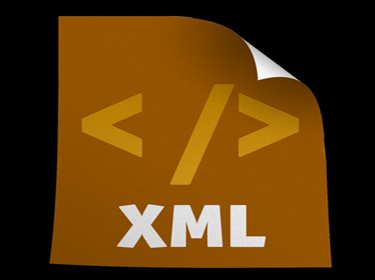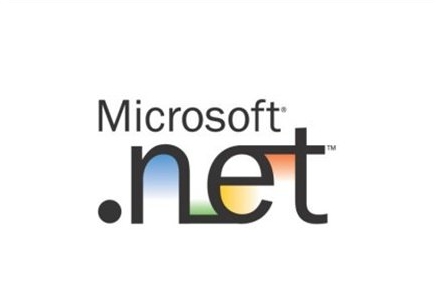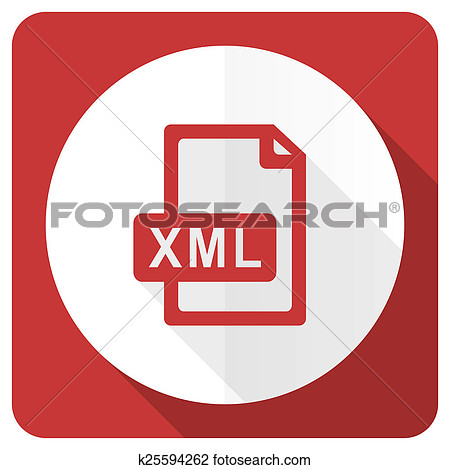Recommended 6 articles about Xml.Serialization
XML serialization is the process of converting the public properties and fields of an object into XML format for storage or transmission. Deserialization recreates the original state of the object from the XML output. The most important class in XML serialization is the XmlSerializer class. Its most important methods are the Serialize and Deserialize methods, which are located in the System.Xml.Serialization namespace. 1. Basic points of XML serialization Before starting this section, let’s first look at the simplest example: namespace learning test { Class Program { static void Main(string[] args) &nbs
1. Detailed explanation of Xml serialization graphic code

Introduction: XML serialization is the process of converting the public properties and fields of an object into XML format for storage or transmission. Deserialization recreates the original state of the object from the XML output. The most important class in XML serialization is the XmlSerializer class. Its most important methods are the Serialize and Deserialize methods, which are located in the System.Xml.Serialization namespace.
2. .NET Framework-Xml.Serialization mind map sharing

Introduction: .NET: Xml.Serialization common object map
3. C#Source code sharing for exporting List data to xml file

Introduction: C# exports List data to xml files. The main ones used here are: XmlSerializer class (System. Xml.Serialization) serializes objects into and deserializes objects from XML documents. XmlSerializer gives you control over how objects are encoded into XML. Entity class code: /// /// User entity class /// /// Note: The access modifier of the class must be: public, otherwise
4. XmlSerializer Sample code analysis of Xml serialization and deserialization of objects

##Introduction: This essay corresponds to The .Net namespace is System.Xml.Serialization; the sample code in this article needs to reference this namespace.
5. C# Detailed code example of xml serialization class

Introduction: using System;using System.Collections.Generic;using System.Linq;using System.Text;using System.IO;using System.Xml;using System.Xml.Serialization;using Imps.Services. CommonV4;names
6. Use XMLSerializer to serialize objects to XML

Introduction: Microsoft has realized the importance of serializing data, so it has included the namespaces System.Runtime.Serialization and System.xml.Serialization in the .NET framework to provide serialization functions , which provides a framework for users to write their own serialization methods. The System.Xml.Serialization namespace provides basic methods for serializing an object into XML format. Let's take a look at how to use this method.
【Related Q&A recommendations】:
The above is the detailed content of Recommended 6 articles about Xml.Serialization. For more information, please follow other related articles on the PHP Chinese website!

Hot AI Tools

Undress AI Tool
Undress images for free

Undresser.AI Undress
AI-powered app for creating realistic nude photos

AI Clothes Remover
Online AI tool for removing clothes from photos.

Clothoff.io
AI clothes remover

Video Face Swap
Swap faces in any video effortlessly with our completely free AI face swap tool!

Hot Article

Hot Tools

Notepad++7.3.1
Easy-to-use and free code editor

SublimeText3 Chinese version
Chinese version, very easy to use

Zend Studio 13.0.1
Powerful PHP integrated development environment

Dreamweaver CS6
Visual web development tools

SublimeText3 Mac version
God-level code editing software (SublimeText3)

Hot Topics
 XML: Are Namespaces required?
Jul 01, 2025 am 12:05 AM
XML: Are Namespaces required?
Jul 01, 2025 am 12:05 AM
XMLnamespacesarenotalwaysrequired,buttheyareessentialincertainsituations.1)TheyhelppreventnameconflictsinXMLdocumentscombiningelementsfrommultiplesources.2)Theycanbeomittedinsmall,self-containeddocuments.3)Bestpracticesincludeusingmeaningfulprefixesa
 XML: Which are the best alternatives?
Jul 01, 2025 am 12:12 AM
XML: Which are the best alternatives?
Jul 01, 2025 am 12:12 AM
JSON,YAML,ProtocolBuffers,CSV,andTOMLaresuitablealternativestoXML.1)JSONisidealforreadabilityandeaseofuse.2)YAMLofferscleanersyntaxandsupportscomments.3)ProtocolBuffersexcelinhigh-performanceapplications.4)CSVisperfectforsimpledataexchange.5)TOMLbala
 Why XML Is Still Relevant: Exploring Its Strengths for Data Exchange
Jul 05, 2025 am 12:17 AM
Why XML Is Still Relevant: Exploring Its Strengths for Data Exchange
Jul 05, 2025 am 12:17 AM
XMLremainsrelevantduetoitsstructuredandself-describingnature.Itexcelsinindustriesrequiringprecisionandclarity,supportscustomtagsandschemas,andintegratesdatavianamespaces,thoughitcanbeverboseandresource-intensive.
 XML Basic Rules: Ensuring Well-Formed and Valid XML
Jul 06, 2025 am 12:59 AM
XML Basic Rules: Ensuring Well-Formed and Valid XML
Jul 06, 2025 am 12:59 AM
XMLmustbewell-formedandvalid:1)Well-formedXMLfollowsbasicsyntacticruleslikeproperlynestedandclosedtags.2)ValidXMLadherestospecificrulesdefinedbyDTDsorXMLSchema,ensuringdataintegrityandconsistencyacrossapplications.
 XML in Software Development: Use Cases and Reasons for Adoption
Jul 10, 2025 pm 12:14 PM
XML in Software Development: Use Cases and Reasons for Adoption
Jul 10, 2025 pm 12:14 PM
XMLischosenoverotherformatsduetoitsflexibility,human-readability,androbustecosystem.1)Itexcelsindataexchangeandconfiguration.2)It'splatform-independent,supportingintegrationacrossdifferentsystemsandlanguages.3)XML'sschemavalidationensuresdataintegrit
 XML: Does encoding affects the well-formed status?
Jul 03, 2025 am 12:29 AM
XML: Does encoding affects the well-formed status?
Jul 03, 2025 am 12:29 AM
XMLencodingdoesaffectwhetheradocumentisconsideredwell-formed.1)TheencodingmustbecorrectlydeclaredintheXMLdeclaration,matchingtheactualdocumentencoding.2)OmittingthedeclarationdefaultstoUTF-8orUTF-16,whichcanleadtoissuesifthedocumentusesadifferentenco
 XML: Why are namespaces needed?
Jul 07, 2025 am 12:29 AM
XML: Why are namespaces needed?
Jul 07, 2025 am 12:29 AM
XMLnamespacesareessentialforavoidingnamingconflictsinXMLdocuments.Theyuniquelyidentifyelementsandattributes,allowingdifferentpartsofanXMLdocumenttocoexistwithoutissues:1)NamespacesuseURIsasuniqueidentifiers,2)Consistentprefixusageimprovesreadability,
 Well-Formed XML: Understanding the Essential Rules for Valid XML
Jul 02, 2025 am 12:02 AM
Well-Formed XML: Understanding the Essential Rules for Valid XML
Jul 02, 2025 am 12:02 AM
AnXMLdocumentiswell-formedifitadherestospecificrules:1)ithasasinglerootelement,2)alltagsareproperlynested,3)everyopeningtaghasacorrespondingclosingtag,4)itiscase-sensitive,and5)specialcharactersareproperlyescaped.TheserulesensuretheXMLisuniversallyun







